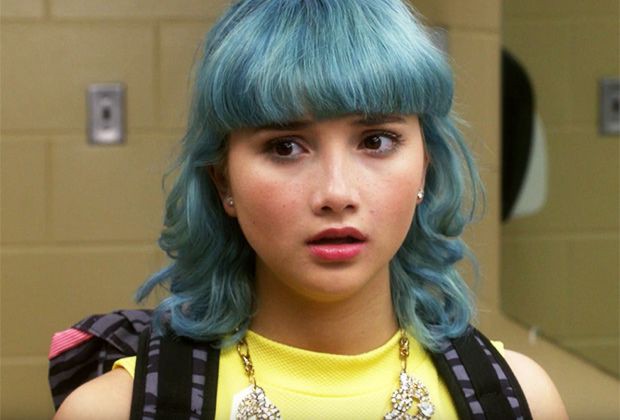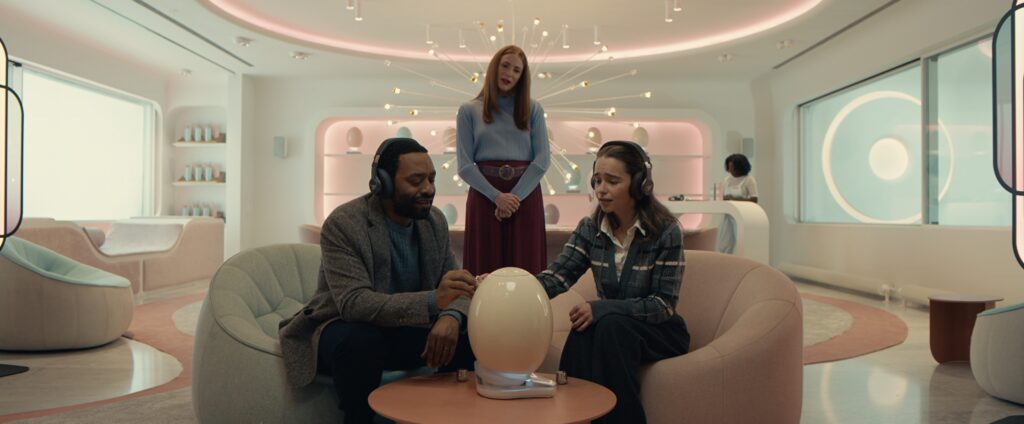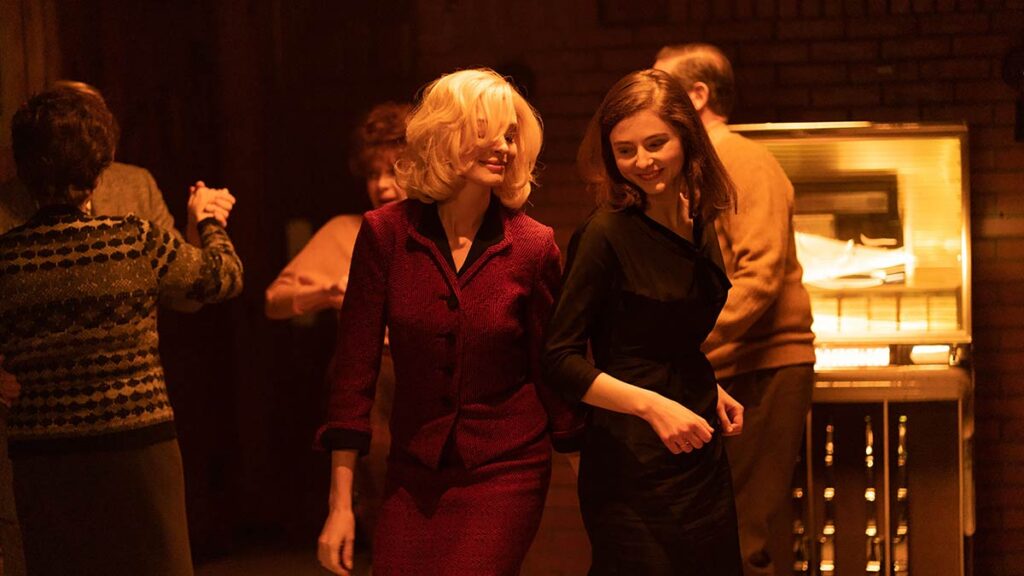Guest post by Kelly Martinez
“Yesterday, I was pregnant and now I’m not. And I’d like to talk about it. There’s so many things I wanna do in high school and being a mom is not one of them. It might not be everyone’s choice, but it was mine. And I’m not ashamed.”
This is how 16-year-old Lola Pacini (portrayed by Amanda Arcuri) describes her abortion in a recent episode of the Canadian television series “Degrassi: Next Class.” Lola decides to have an abortion after she discovers she’s pregnant from a one-night stand at a party. To further complicate matters, the father is her best friend’s older brother.
The episode begins with Lola taking a pregnancy test in the high school bathroom with her two best friends by her side. As she anxiously awaits her results, she repeatedly tells herself that everything is fine, that she’s not pregnant, that today will be a normal day just like any other. When she steps out of the bathroom stall, she cheerfully tells her friends that the test was negative. But when everyone exits the room and Lola is left by herself, we see that she has lied — her face floods with tears and shock as she shakily holds up a positive pregnancy test.
The episode doesn’t waste anytime mulling over the drama of the situation. There’s no screaming confrontations, explosive reactions from parents, or worries about how to break the news to the father. Instead, Lola goes straight to a woman’s clinic, having made her decision to terminate the pregnancy. She meets with a nurse, who quickly lays down the facts about abortion.True to reality, the nurse explains that the procedure takes a short amount of time, there’s very little risk involved, and that Lola will still be able to have kids in the future should she choose to. (A myth commonly promoted by anti-abortion groups is that abortion causes infertility.) The nurse tells Lola she can take some more time to think about her options, but Lola’s mind is made up.
This is where the episode really becomes ground-breaking. At this point, most shows would either show the character changing her mind last minute or cut to a later scene. Instead, “Degrassi” does something revolutionary: they actually take the audience into the procedure room with Lola. We are there with her every step of the way as the doctor walks her through the process, from the IV sedation to explaining what an aspirator does. While abortions themselves are rare on television, it’s practically unheard of to show the actual procedure like this. (The only other example that comes to mind is a scene in “Scandal.”)
That’s it. There’s no tears, no last-minute change of heart, no traumatic aftermath. Instead, Lola simply returns to school to finish her history project, go out for ice cream, and joke with her friends about hair styling problems. To put it simply, she returns to her normal 16-year-old life.
“It wasn’t difficult for me,” Lola says of the abortion. “Scary, yeah — but not difficult. And afterwards, I didn’t feel sad.”
Even among pro-choicers, there’s often a certain expectation that those who have abortions will feel some sense of regret or guilt deep down. While some do experience these emotions of course, relief is actually the most common reaction.
In a recent interview with The Canadian Press, Arcuri said, “Some girls will… cry for days after and some will feel strong and feel liberated and feel like it wasn’t a big deal. And I think it’s a good way to tell a story — that people react differently, Lola’s reaction is justified, it’s normal, it’s OK.”
Millions make the choice to terminate their pregnancies each year. In an age where reproductive access and rights are under attack, it’s more important than ever for television to acknowledge the reality of abortion. If this episode made even one young girl feel less alone, then “Degrassi: Next Class” did its job.
Kelly Martinez is a journalism student and writer specializing in feminism and politics. She currently lives in San Luis Obispo, California. This story was originally published on Ms. It was reprinted with permission.







